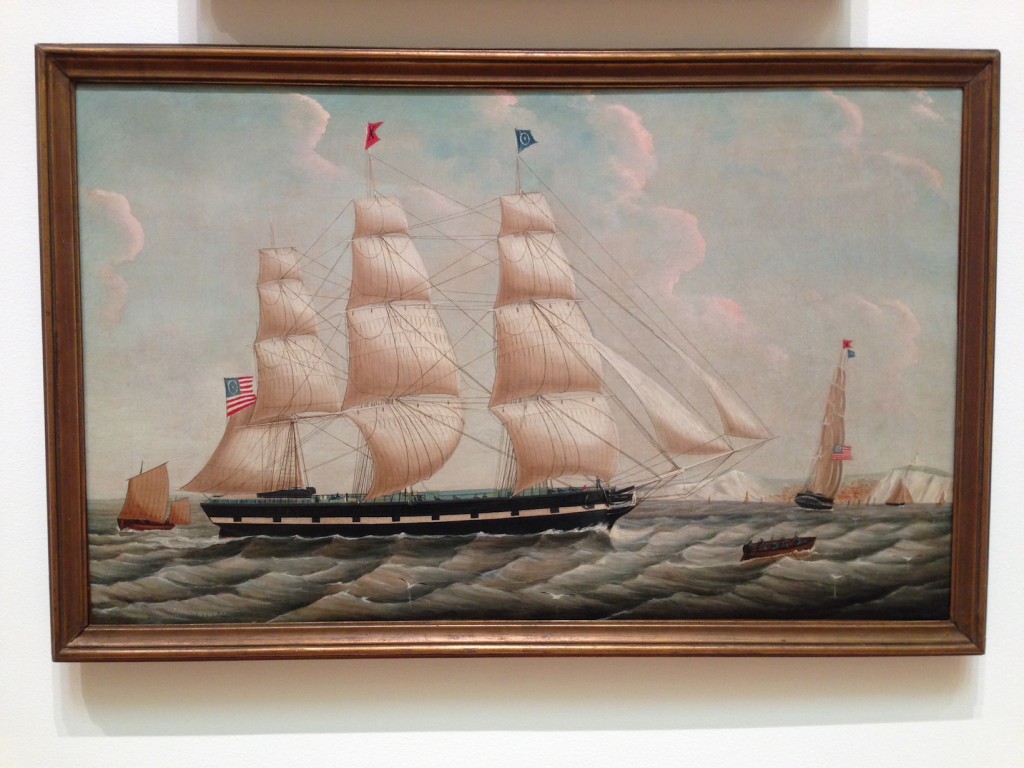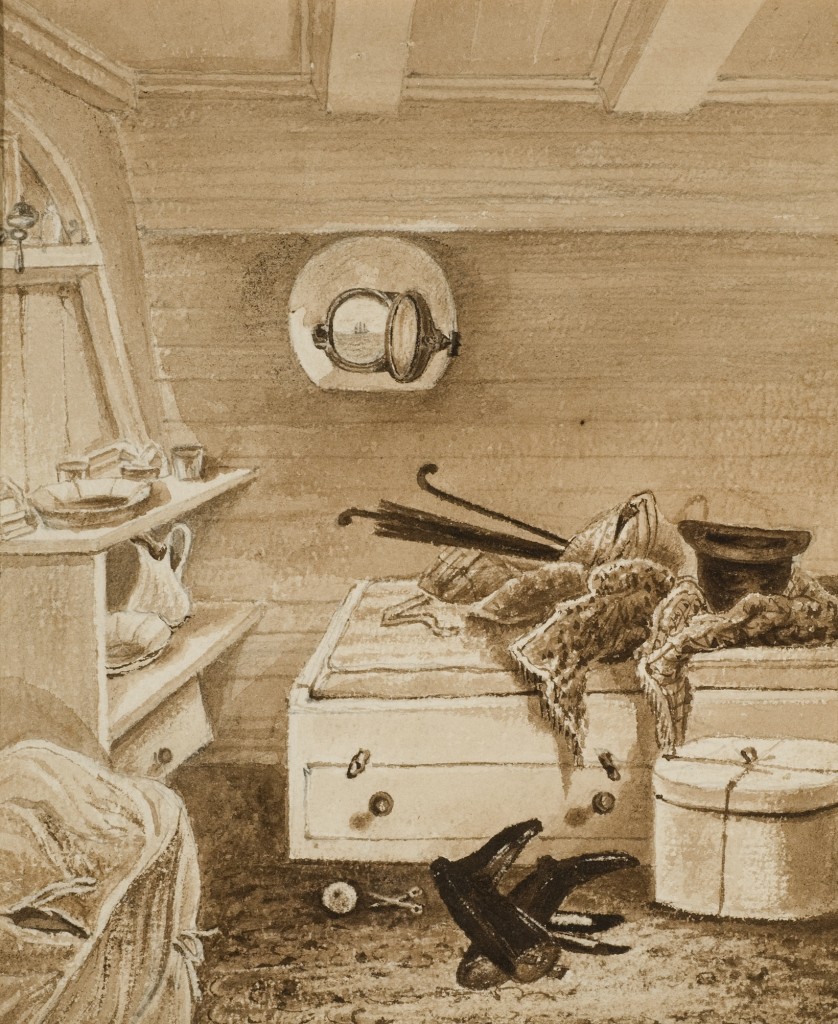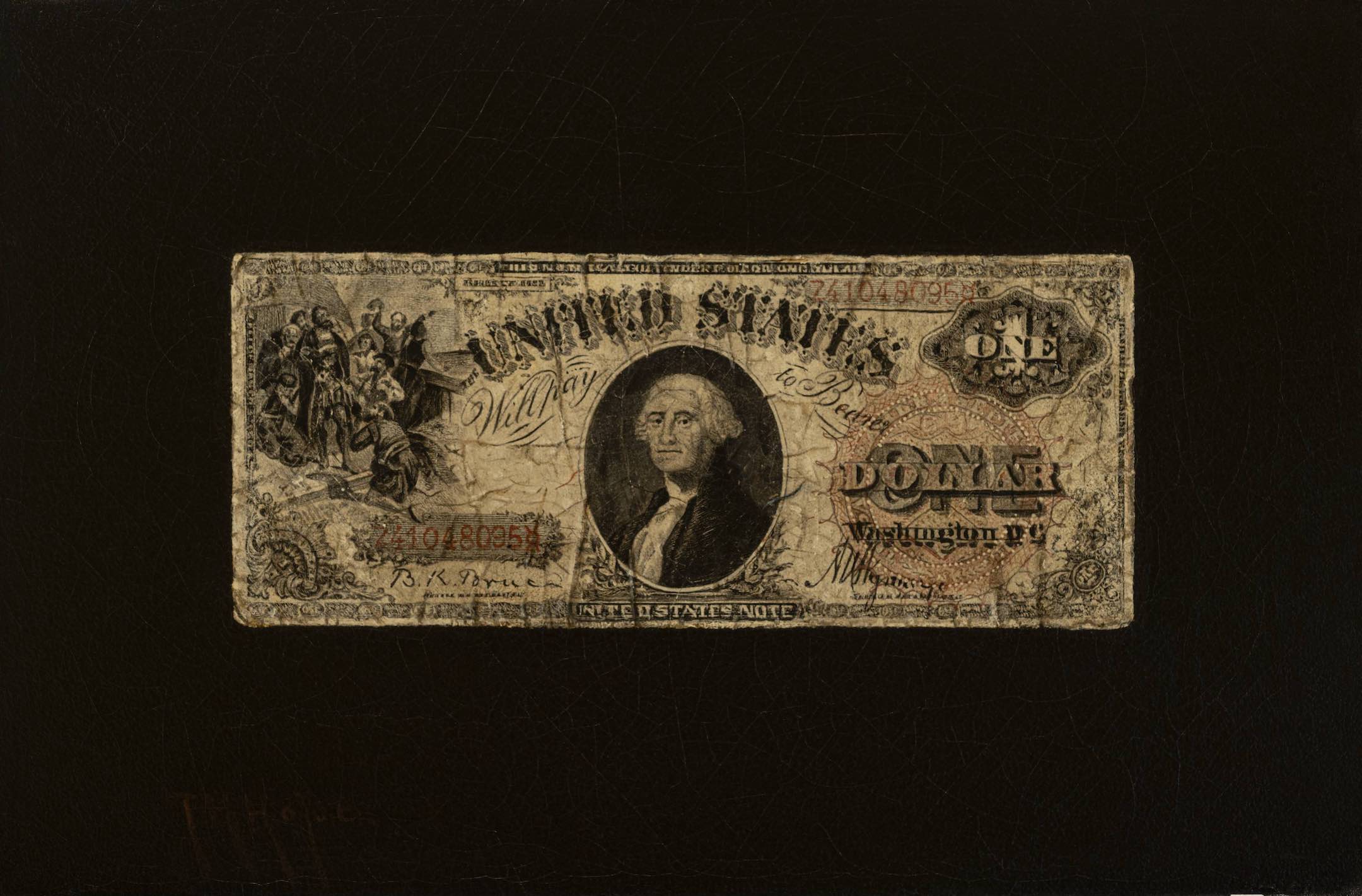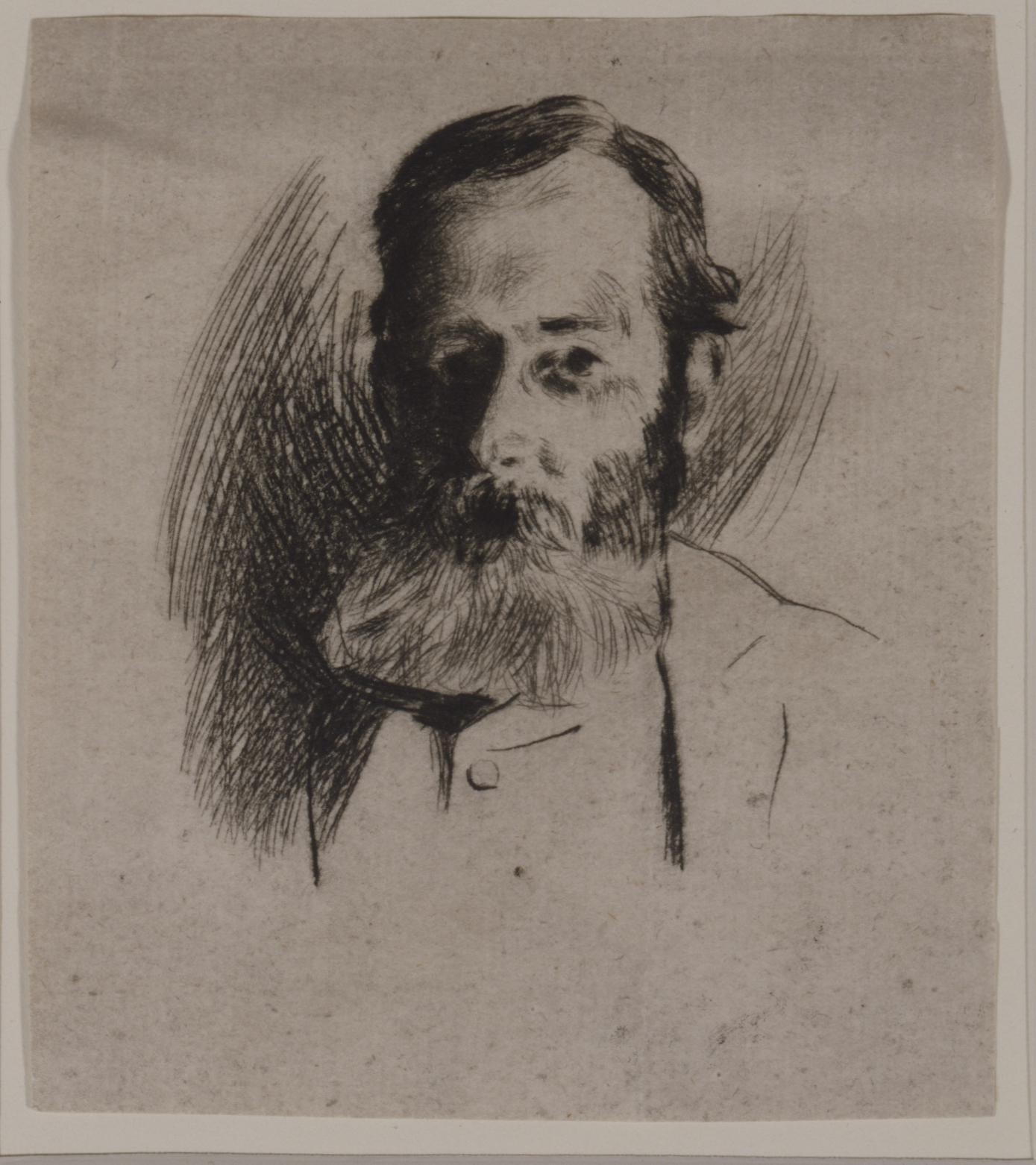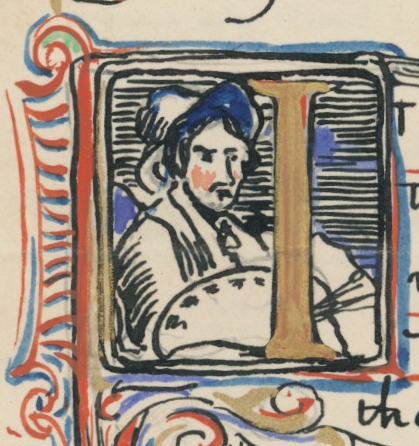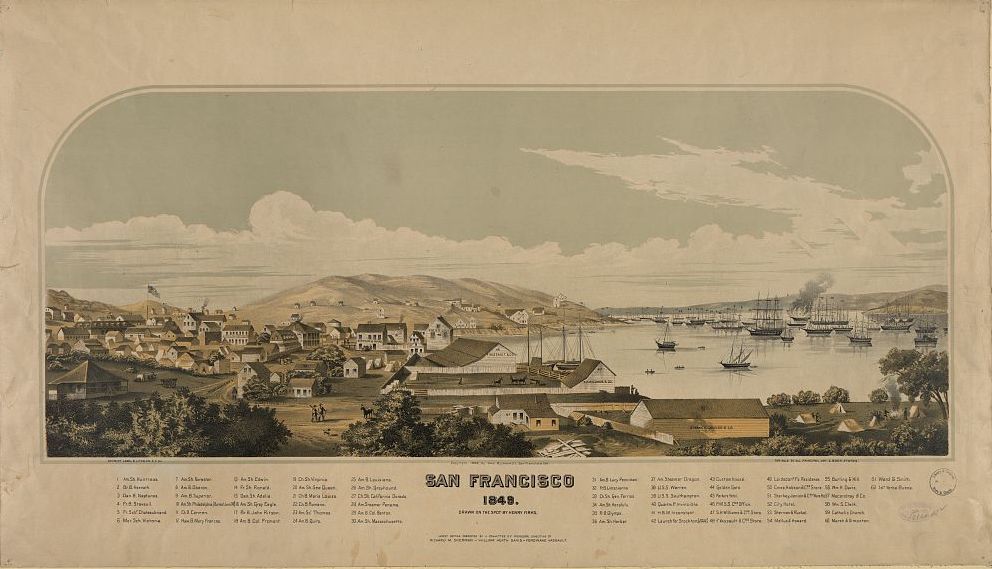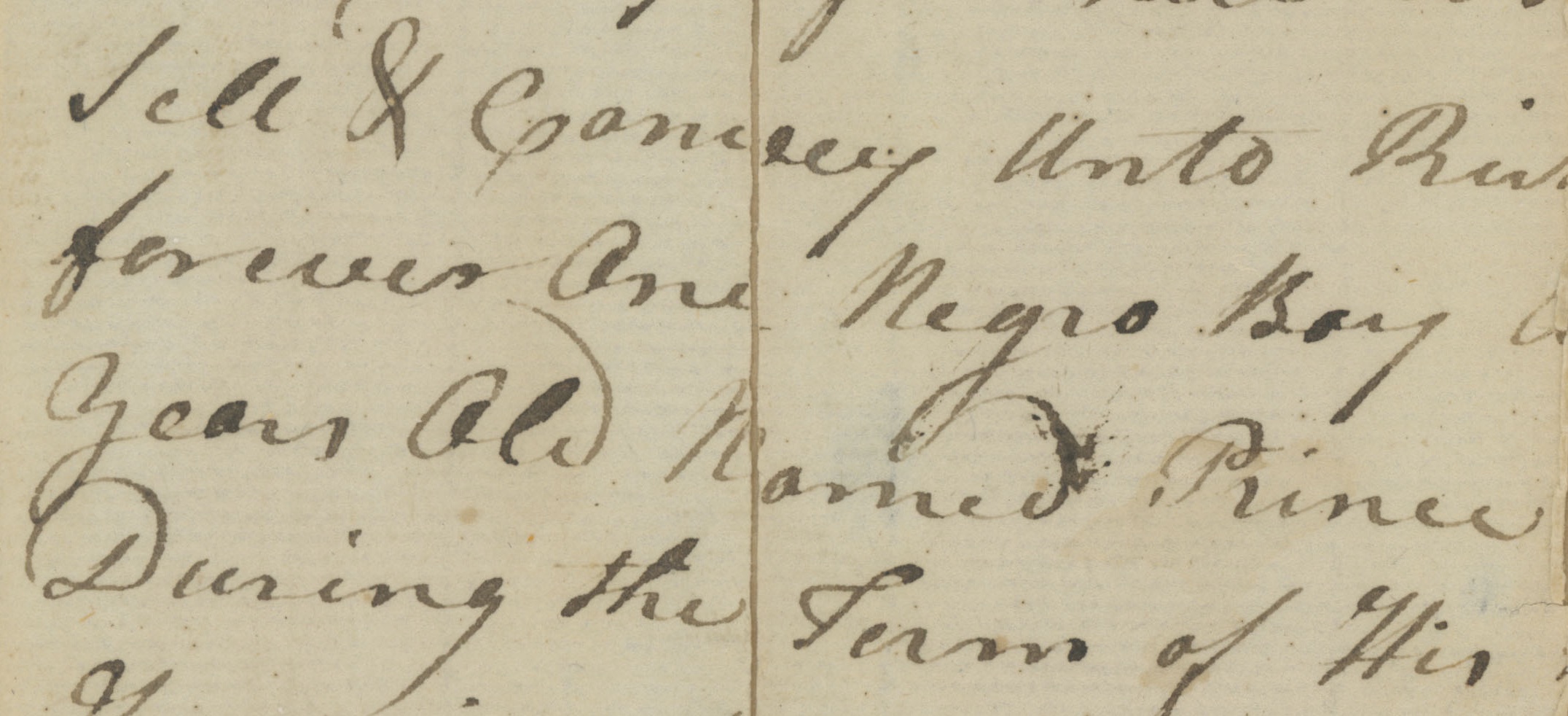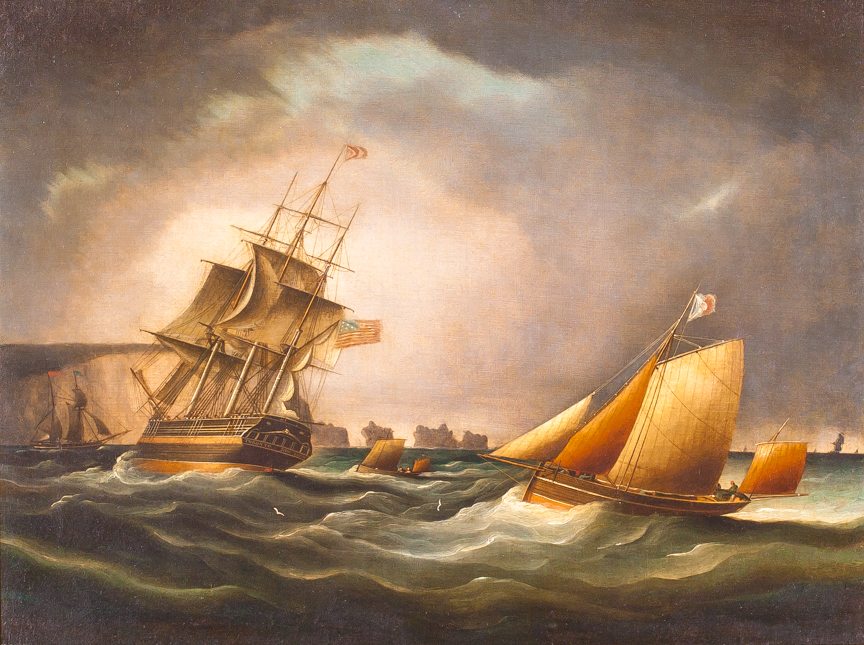
by Amy Kurtz Lansing
(feature image: Thomas Buttersworth, Black X Packet Toronto off the Needles, ca. 1835. Collection of The Paul Foundation)
In the exhibition All the Sea Knows: Marine Art from the Museum of the City of New York, the packet ships that sailed between New York and London as part of the Griswold family’s Black X Line receive special attention. Ship portraits, such as two views of Captain Robert Harper Griswold’s ship Toronto, depict the vessels that sped across the ocean on schedule, carrying freight and passengers.
J. Macarthy, Toronto, Black X Line, ca. 1851. Oil on canvas. Museum of the City of New York, Bequest of Edward Larocque Tinker
Views of the interiors of such ships are far more rare. A small group of watercolors by John A. Rolph reveal a glimpse of life aboard ship for the cabin passengers.
John A. Rolph (1799–1862), Stateroom on Packet Ship Margaret Evans, 1851. Watercolor on paper. Collection of The Paul Foundation
Period newspapers provide an additional way to learn more about the interiors of packet ships. A recently-discovered article, original published in the New York Commercial Advertiser and re-printed in The Southern Patriot (Charleston, South Carolina), on April 20, 1835, takes us inside one such ship—Captain Griswold’s newly launched Toronto. The article offers a review of the vessel, praising its innovative design and the pleasant accommodations it offers for passengers. Although the ship would take Robert Griswold (and eventually his wife and children) away from home, the lavish interior served as a comfortable substitute aboard the high seas.
“The Toronto.—We visited yesterday the new and truly splendid ship Toronto, which is to take her place in the London Line of Packets on the 10th of May, proximo. It is indeed a noble ship—being of 650 tons burthen, length of deck, 142 feet, 36 feet breadth of beam—of beautiful model, and sitting upon the water like a swan. The interior arrangements are of the most convenient description—improved in various respects, over those of any other ship we have seen. The state-rooms are larger than is usual, and communicate with each other at pleasure, by inner doors, for the greater convenience of families, and parties of friends. They are also set on from the sides of the ship, which will render them cooler in summer, and prevent any disagreeable odor from bilge-water. The draperies of the state-rooms are in excellent taste, avoiding superfluity and extravagance. The dining cabin is one of the most elegant apartments we have ever been in. The doors and panels are of various woods—rose, satin, mahogany, bird’s eye, and curled maple, inlaid with veneers of the roots, tastefully distributed, and all highly polished. There is no gorgeous display of gilding and every ornament seems just what it should be. A very rich sofa, covered with crimson figured plush, crosses the head of this saloon, and at the other stands a finely toned piano,–the best of Nunn’s manufacture. The ladies’ cabin is more richly furnished still—chairs, centre table, ottomans, sofa; all of splendid workmanship. The arrangement of pantries and closets, bells, and all the conveniences of life is most complete and perfect. There is ample room between decks, also, for a man to stand, and walk upright, without the danger every other minute of experimenting which is the hardest—his own cranium or the ship’s timbers. On the whole, the Toronto may well be pronounced one of the most complete specimens of naval architecture which has ever floated beneath the stars and stripes of our country. She is to be commanded by Captain Robert Griswold, an officer who is not only well qualified to govern the ship like a sailor, but treats his passengers with the courtesies of a gentleman.—N. Y. Com. Adv.”
“The Toronto,” The Southern Patriot (Charleston, S.C), April 30, 1835
To read more about the home life Robert Griswold left behind while on board the Toronto, check out the first installment of “Dear Dear Husband: The Letters to Robert Griswold at Sea,” a collection of letters sent to him by his wife, Helen Powers Griswold, just added to the Florence Griswold Museum’s website. You can read the letters, which have been transcribed and annotated with information about the people, places, and events they reference.

